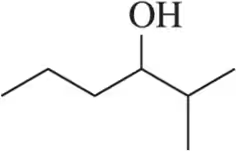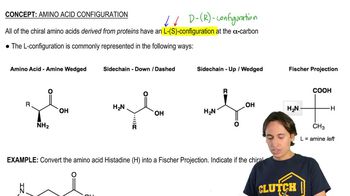Draw all the stereoisomers for each of the following:
g. 1,3-dichlorocyclohexane
h. 1,4-dichlorocyclohexane

 Verified step by step guidance
Verified step by step guidance Verified video answer for a similar problem:
Verified video answer for a similar problem:



 3:51m
3:51mMaster Determining when molecules are different. with a bite sized video explanation from Johnny
Start learning